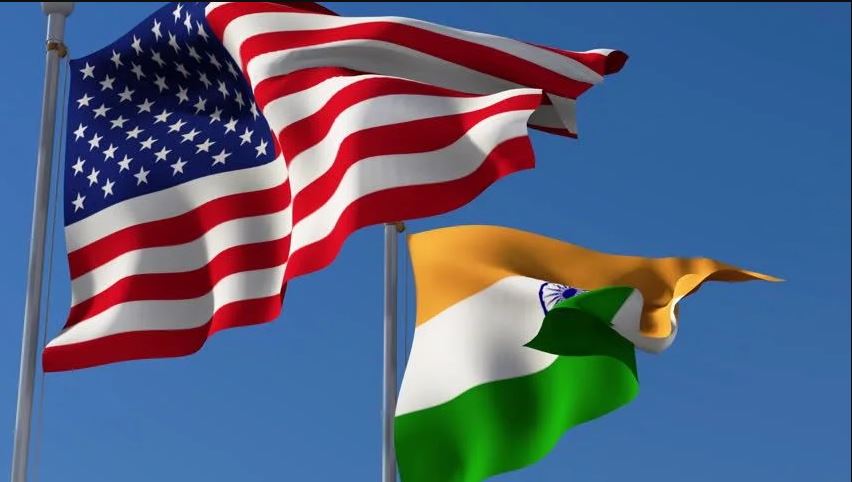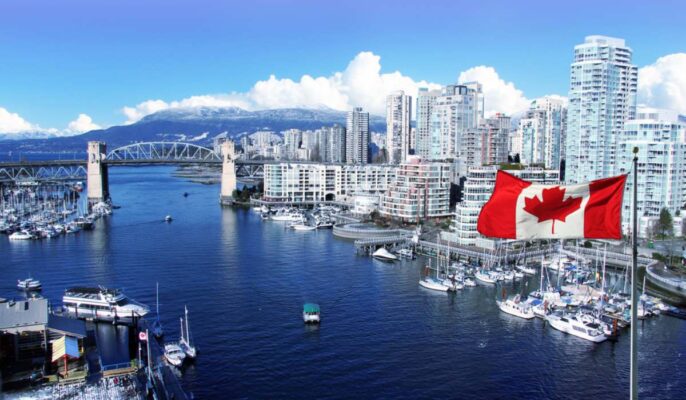India has always been a land of mystery and allure, attracting countless visitors year after year. Whether you’re a tourist seeking adventure, an entrepreneur looking for opportunities or simply someone wanting to connect with the rich culture and traditions of this vibrant nation, understanding Indian visas is crucial. With so many different types available, it’s important to know which one best fits your needs. In this post, we’ll explore the various kinds of Indian visas in detail while highlighting what makes each unique. So if you’re planning a visit to India anytime soon or are curious about its visa regulations, keep reading! Specifically today we will be delving into the intricacies of transit visas – their purpose and how they differ from other visa types in India.
Introduction to Indian Visas
A transit visa is a type of Indian visa that allows the holder to stop over in India for a specific period of time en route to another country. Transit visas are usually valid for a period of 15 days or less, and may be extended up to 30 days in special circumstances. Transit Visa for India
Indian transit visas are granted for the following purposes:
-To change flights in India en route to another country
-To travel through India by land (road or rail) en route to another country
-To participate in a sporting event taking place in India (such as the Asian Games or cricket matches)
-For crew members of an aircraft or vessel who are passing through India
Different Types of Indian Visas
There are many different types of visas for India, each with their own specific requirements and restrictions. Depending on your nationality, the type of visa you will need to apply for may vary. For example, US citizens can apply for a business visa, tourist visa, or student visa. Business visas are typically valid for multiple entries and allow the holder to stay in India for up to six months at a time. Tourist visas are generally single entry and allow the holder to stay in India for up to three months at a time. Student visas are also typically single entry but allow the holder to stay in India for up to five years, making them ideal for long-term travelers.
One type of visa that is often overlooked is the transit visa. Transit visas are typically issued to those who are traveling through India en route to another country. If you will be staying in India for less than 72 hours and do not plan on leaving the airport during that time, then you may be eligible for a transit visa. Transit visas are usually single entry and allow the holder to stay in India for up to 15 days at a time.
If you are planning on traveling to India, it is important that you research the different types of visas available and determine which one is right for you based on your travel plans. Applying for the wrong type of visa can result in delays or even being denied entry into the country, so it is important that you take the time to learn about the different types of
– Tourist Visa
If you’re planning on traveling to India, it’s important to understand the different types of visas that are available. While a tourist visa is the most common type of visa for visitors, there are also other options depending on your travel plans. URGENT EMERGENCY INDIAN VISA
A transit visa is typically used for those who are passing through India en route to another destination. This type of visa is usually valid for 15 days or less and allows you to stay in India long enough to catch your connecting flight. Keep in mind that a transit visa does not allow you to leave the airport or visit any attractions while in India.
If you’re planning on staying in India for an extended period of time, you’ll need to apply for a tourist visa. Tourist visas are usually valid for up to six months and allow you to explore all that India has to offer. Be sure to check with your local Indian consulate for specific requirements and application deadlines.
– Business Visa
If you’re traveling to India for business purposes, you’ll need to apply for a business visa. This type of visa allows you to stay in the country for up to six months and engage in business activities, such as attending meetings or conferences. You’ll need to provide documentation proving the purpose of your trip, and you may be required to undergo a medical examination.
– Student Visa
Assuming you are referring to a student Visa for India, the process is relatively simple. You will need to submit your passport, one passport-size photograph, a completed visa application form, and proof of enrollment at an educational institution in India. Your passport must have at least six months of validity remaining, and you will need to provide a photocopy of the biographical information page. The visa fee is $160 for U.S. citizens, and the visa is valid for up to five years. You will need to submit your fingerprints as part of the application process.
– Employment Visa
There are several types of employment visas available in India, each with different requirements. The most common type of employment visa is the H-1B visa, which allows foreign workers to come to the United States to work in a specialty occupation. To qualify for an H-1B visa, workers must have at least a bachelor’s degree or the equivalent work experience. Other types of employment visas include the L-1 visa for intracompany transfers and the E-3 visa for Australian citizens.
Conclusion
In conclusion, a transit visa is an essential document for individuals travelling by air or sea from one country to another. It allows the traveller to stay in India for up to 72 hours before continuing on their journey. This can be incredibly helpful if you are looking for a short stopover between flights or need some time to rest and relax during your travels. Understanding what makes a transit visa different from other types of visas is key when planning international trips so make sure that you have all the necessary paperwork ready before you go!



